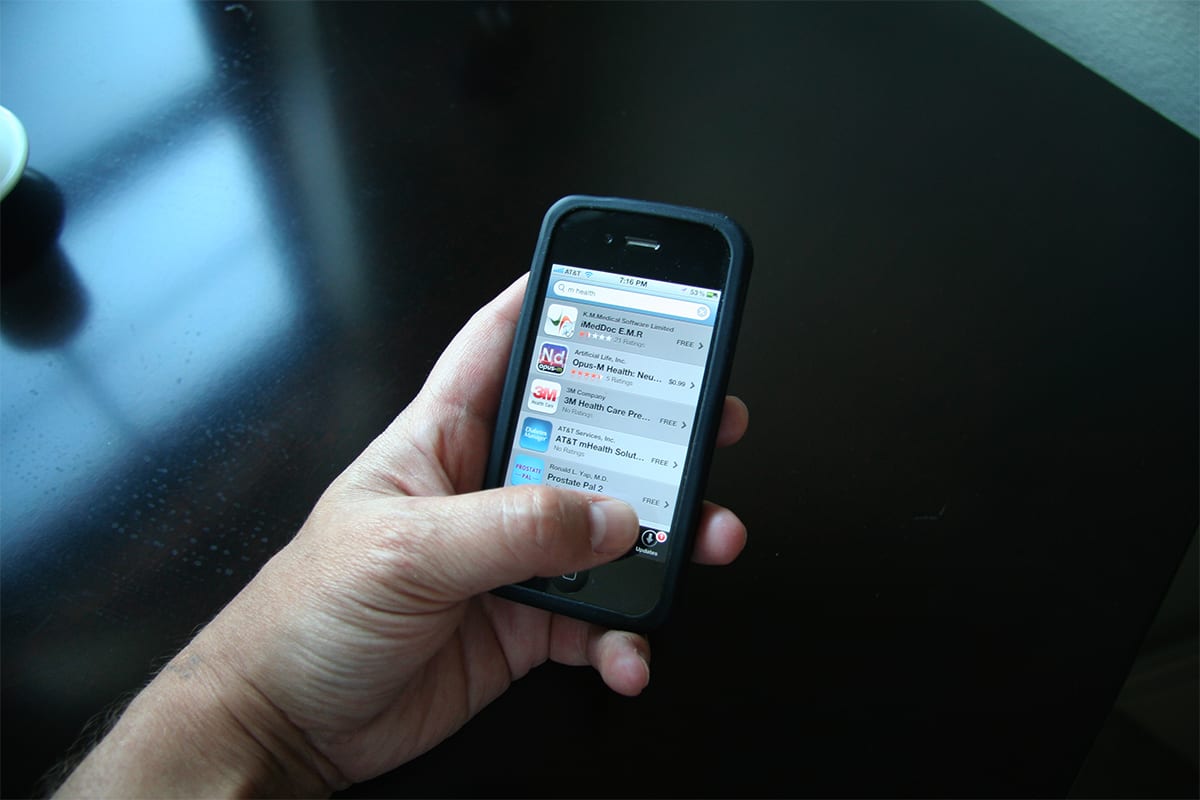Unlocking the Powerful Potential of Health Data
By Tyler Weingart, April 1, 2015

The world of health data is hopping. In the past few weeks, I’ve seen several very creative personal health information initiatives debut, from new self-tracking devices to interactive public data displays. I can’t help but wonder: What’s next?
Here’s a quick look at a couple of cool examples:
Apple, Inc. recently announced its launch of ResearchKit, a software framework to help doctors and scientists conduct medical research by collecting data more frequently and more accurately from people who are using iPhones. Two of the mobile apps, each developed by Sage Bionetworks with support from the Robert Wood Johnson Foundation (RWJF), will gather personal data on Parkinson’s disease (mPower) and breast cancer (Share the Journey), and use phone-based consent so that people can then easily and securely share their data with researchers. For example, mPower will track how often a user experiences a tremor, while Share the Journey will track the physical, mental, and emotional after-effects of breast cancer treatment.
Immediately following Apple’s announcement, another RWJF-supported project working to leverage health data launched in Louisville, KY. On March 19, the city revealed its new Air Bare art installation, a public data-driven art exhibit that uses a touch-screen display and bubbles to visualize Louisville’s air quality and show how it changes throughout the day. The orange, powder-coated steel kiosk will stream real-time data collected from local environmental sensors from around the city, and be an interactive way to promote the use and sharing of personal health data. In the end, it is the hope that Air Bare will present health and environmental data to people in a creative, non-threatening way and help a community better understand an issue. For a town that struggles with high rates of asthma and levels of air pollutants, an exhibit like this could have real educational and population health management implications down the road.
Between Apple’s new apps and Louisville’s art exhibit (two very different projects), one thing is clear: health data are here to stay, and organizations across many sectors are approaching it in different ways to unlock its powerful potential as a way to improve health and advance research.
